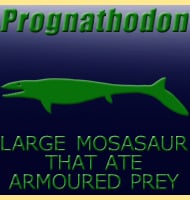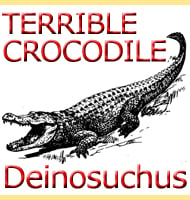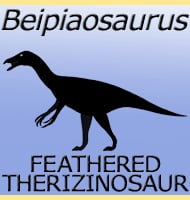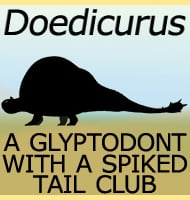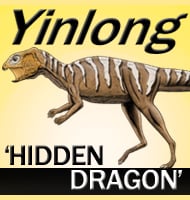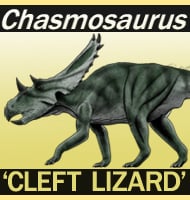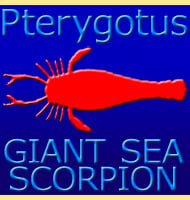In Depth
Leanchoilia is a genus of Cambrian era arthropod that lived in the Cambrian seas of both Canada and China. Leanchoilia had a shelled segmented body with short appendages that grew from underneath. These appendages likely served as the anchor points for gills that would have extracted oxygen from the water. The eyes of Leanchoilia were on the end of stalks that grew out from the head, and two larger appendages that grew from the underside of the head had three small tentacle like feelers upon the end. These appendages were almost certainly the primary food gathering apparatus, either snatching smaller organisms as they swam through the water, or feeling around for particles of organic matter.
At the time of writing there are two named species of Leanchoilia, L. superlata and L. persephone. However a 2007 study by Garc�a-Bellido & Collins has questioned the establishment of two species, suggesting that the differences between them are simply sexual dimorphism, meaning that the two species merely represent males and females of just one species. If this interpretation is correct, then only the type species of Leanchoilia, L. superlata would be valid.
Leanchoilia has a noted similarity to the genus Yawunik, and indeed both genera are classed as leanchoiliid arthropods.
Further Reading
- Leanchoilia guts and the interpretation of three-dimensional structures in Burgess Shale-type fossils. - Paleobiology (journal) 28 (1): 155–171. - Nicholas J. Butterfield - 2002. - Reassessment of the genus Leanchoilia (Arthropoda, Arachnomorpha) from the Middle Cambrian Burgess Shale, British Columbia, Canada. - Palaeontology 50 (3): 693–709. - Diego C. Garc�a-Bellido & Desmond Collins - 2007. - The eyes of Leanchoilia. - Lethaia 45 (4): 524–531. - Brigitte Schoenemann & Euan N. K. Clarkson - 2012.

